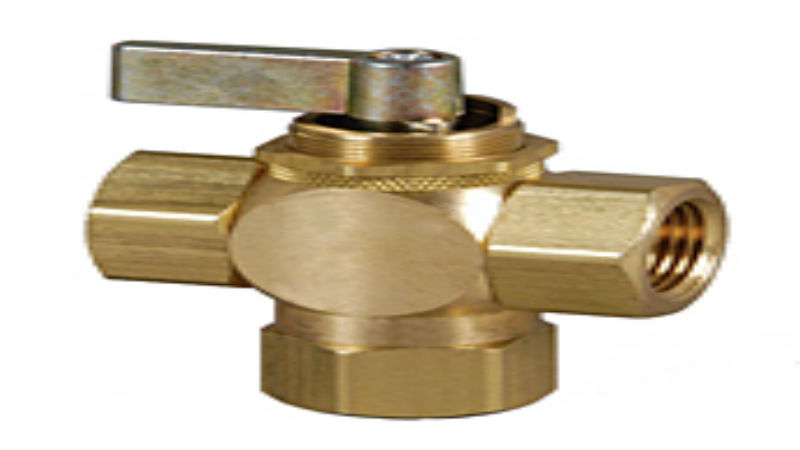Understanding how any valve works is important in making the correct selection. Unfortunately, when the incorrect valve is selected the system is not efficient, or there may be multiple valves and more complicated configurations to the system than may be necessary.
A three way ball valve is a good example of a valve with many different uses. It is primarily used to direct or redirect the flow through the valve to one of two possible outlet ports. However, depending on the configuration, it can also be used as a pass-through valve when needed, as well as to mix two different flows in the valve.
The Basic Designations
The three way ball valve has three different ports. One port, which is called the bottom port, is designated as the C or common port. From this intake or common port, there are two possible outlet ports on either side of the body of the valve. By turning the handle to the right or left 45 degrees, the material flowing into the common port will either divert to the to the right or the left, or it can shut the flow off at 90 degrees. However, this valve is not primarily used as a shutoff valve, and the design does not allow the redirection of the flow to occur without going through the off position with the lever. This is known as the L-port configuration as the flow moves in an L shape in the valve.
By having the ports A and B as the inlets and the C port as the outlet, the three way ball valve now can be used to mix the two flows. This is known as a T-Port valve, and this is the option that can also create the pass-through, which operates to allow flow from port C and port A, without diversion, redirection or mixing.









